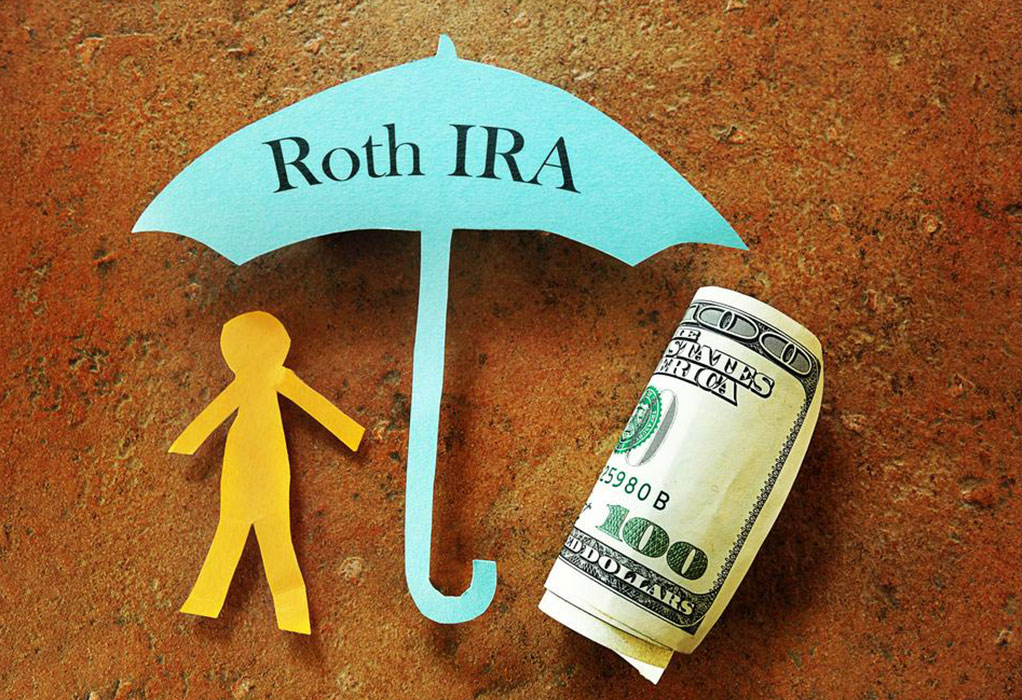Retirement Savings Options: Comparing IRA and 401(k)
Explore the key differences between IRA and 401(k) retirement plans, including employer involvement, contribution limits, tax implications, and eligibility criteria. Make informed decisions to optimize your retirement savings strategy based on your employment status and income levels.
Sponsored

Retirement Savings Options: Comparing IRA and 401(k)
IRA and 401(k) are two of the most popular retirement investment tools. Choosing the right plan requires understanding their differences to make informed financial decisions. The primary distinction is that 401(k) plans are employer-sponsored, meaning only employees of a company offering this plan can participate, while IRAs are accessible regardless of employment status or employer offerings.
Additionally, employers often match contributions to 401(k) accounts up to a certain percentage, boosting savings. IRAs do not benefit from such employer contributions. Both plans typically involve pre-tax contributions, meaning taxes are paid upon withdrawal, except for Roth IRAs, where contributions are taxed upfront, and withdrawals are tax-free. Contribution limits vary, with 401(k) plans allowing higher yearly contributions than IRAs. Income limits also restrict eligibility for Roth IRAs, making it vital to evaluate personal circumstances when selecting a retirement plan.






